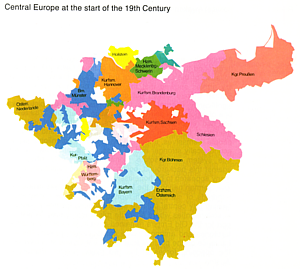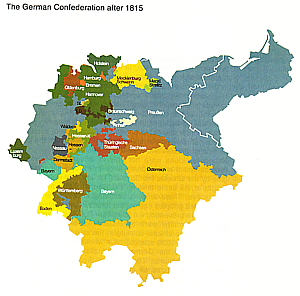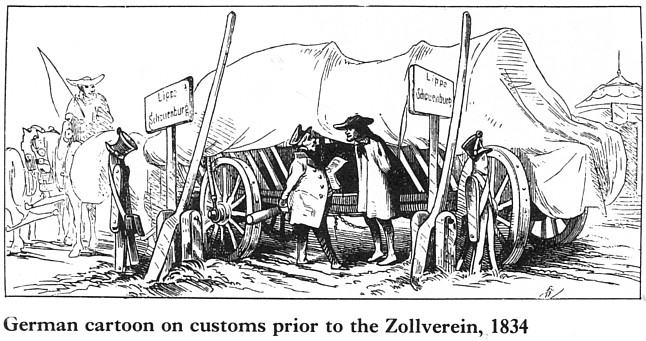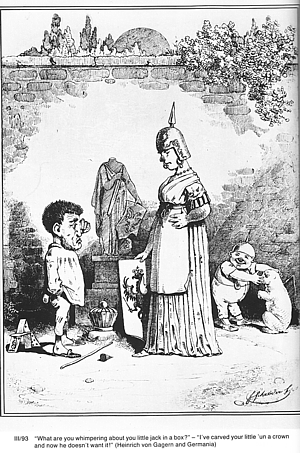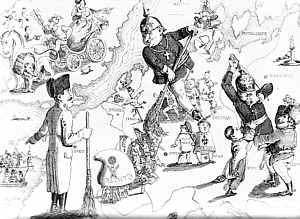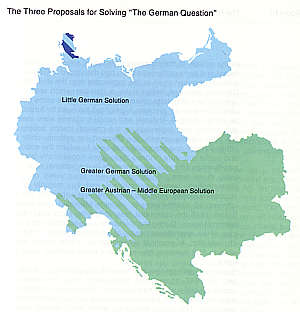| 1.
What is a "state"? An Empire?(back to top)
- Definition provided by Max Weber (1864-1920), a famous German sociologist,
in a lecture in Munich in 1918 [published in: Max Weber, Politics
as a Vocation (1919; Philadelphia: Fortress, 1965; Indianapolis:
Hackett, 2004)]:
"Today,
however, we have to say that a state is a human community that (successfully)
claims the monopoly of the legitimate use of physical force within a
given territory. Note that "territory" is one of the characteristics
of the state."
- A state can be based on monarchy (dynasty), or populace
- Monarchic state
- "L'etat, c'est moi"--"The state, that's me"
- characterization of the absolutist state of the 17th century
- attributed to Louis XIV of France (although on his deathbed
he reportedly said 'I am going, but the State shall always remain.")
(see Wikipedia
Louis XIV page)
- Examples:
- named after main representatives: Carolingians (Charlemagne),
Ottonans
- House of Bourbon (Navarre, France 1555-1792)
- named after castle/location: House of Wittelsbach (Bavaria
1180-1918)
- Habsburg/Habichtsburg (Austria, dukes 985, Holy Roman 1438-1806)
- Hohenzollern (Brandenburg 1415; Prussia 1525 duchy, 1701 kingdom)
Wiki Hohenzollern
page, Prussia
page
- An Empire: collection of kingdoms, "principalities,"
etc.
- Emperor, German "Kaiser" (Caesar, Czar)
- Can be inherited, or elected, as was the Holy Roman emperor
(by elector-princes)
- State based on populace
- People control the government
- Have a body of common laws
- constitution (basic law): the guidelines for making laws
- Elect representatives
- Republic vs. democracy (for the people / by the people)
(see citizens for constitutional
government discussion)
- Federal (German Bund), federation, confederation--of
semi-autonomous parts
|

